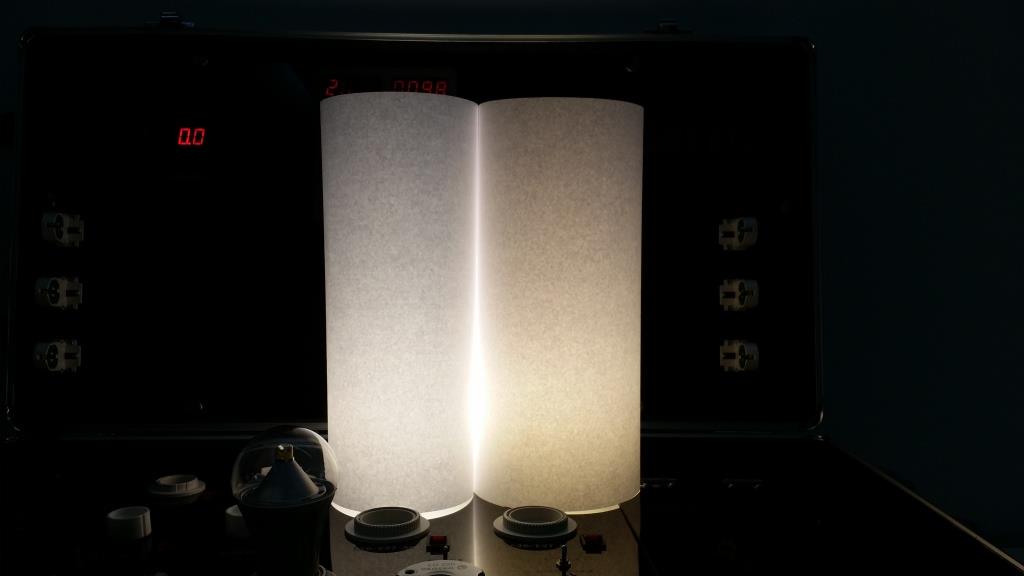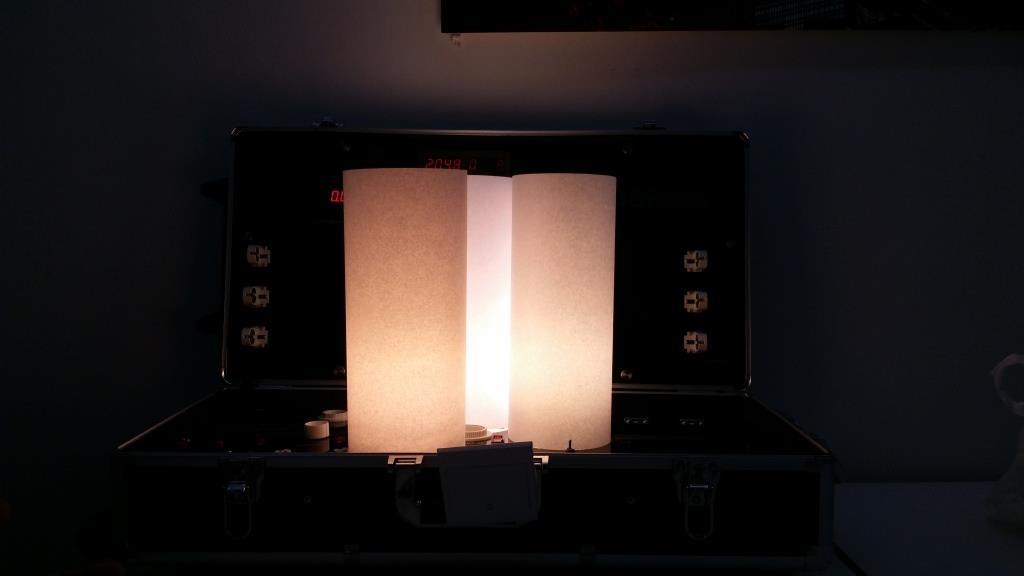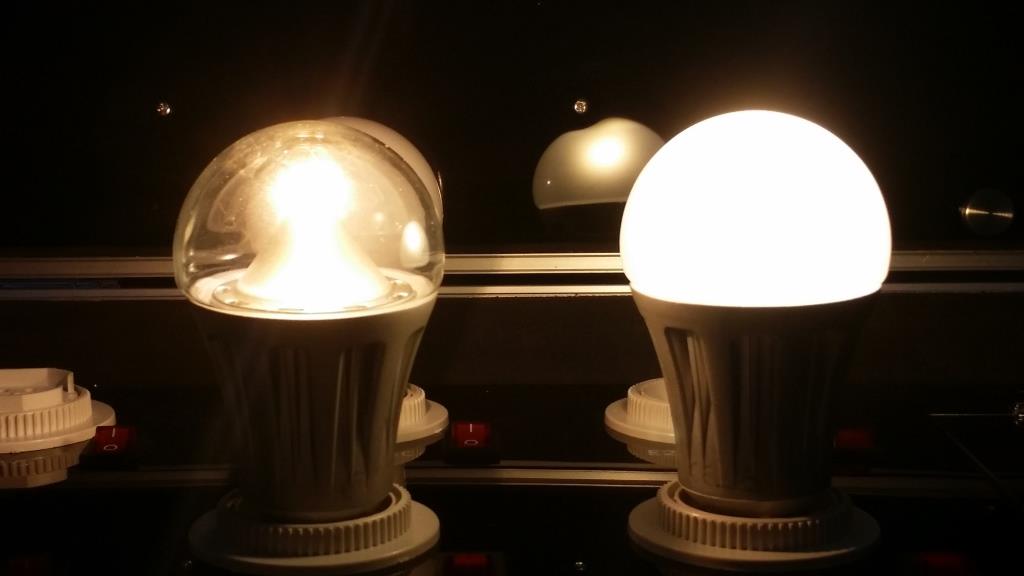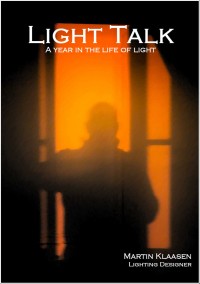LED: 2500K is the new 2700K
Singapore, 24th July 2014
Something that has been bugging our team for a long time is the notion that incandescent light colour has to be 2700K. While manufacturers have been improving day by day in getting us good colour consistency we have been plagued by visual feelings that the 2700K colour temperature that has been the benchmark for the colour of incandescent light, really does not feel that warm when it comes to LED. We find that LED in 2700K feels like 3000K and that LED 3000K really feels like 3500K or thereabouts. We have found this time and again when inspecting completed lighting installations.
So over the last couple of months we have embarked on some search and test missions to get the better of our frustrations. We had another such test yesterday with a specific lamp manufacturer and tested what is being marketed as 2700K as well as 2500K and 2200K. As it appears manufacturers are also coming to grips that in LED technology 2700K does not look that warm and you will have noticed the 25000K and 2200K lamps appearing on the market.
I, for now, am convinced that if we need warm light for LED to produce a matching feeling to incandescent lamps we need to specify 2500K maximum and in some cases even 2200K. The visual impression is overwhelming and very convincing. We are continuing our research and testing with other manufacturers but our findings so far are quite conclusive. While down lights may still work reasonably well with 2700K temperatures, when it comes to table, floor or wall lamps we will now use 2500K and when it comes to pendants and chandeliers even 2200K to get that nice warm feel.
With the same process we are investigating the use of clear and frosted LED bulbs as some applications like chandeliers need that sparkle. Different LED technologies also create different brightness patterns in light bulbs. Do you want a diffuse looking light bulb or do you want a frosted bulb with a clear hotspot. Supporters will argue this is reminiscent of the filament…Oh, if only life in lighting would be simple… 🙂
Light watch 5-122: The pictures of the testing may not be as convincing as a photo does not capture things like our eye does, but I think these series of pictures says it all.
2700K vs 2500K
2200K vs 2500K
2200K 2700K 2500K compared
SMD(base) vs COB LED (centre)
LED clear vs frosted






 The long awaited book compilation of Martin's first year of blogging is available. Order now.
The long awaited book compilation of Martin's first year of blogging is available. Order now. Feedspot Top 100 Lighting Blogs
Feedspot Top 100 Lighting Blogs
Comments (17)